Earlier this week I asked you for your unwritten rules of driving etiquette. After all, we could all be a little bit better drivers. Out of the nearly 200 comments, three major topics sprung up again and again:
1. Whether you think it’s for speeding or for passing, don’t loiter in the left lane.
2. Use your turn signal before you actually turn.
3. Don’t be an arsehole.
We hope every driver understands and follows the written rules of the road, but clearly, many of us could use a refresher. It boggles the mind how many other drivers on the road seem to think turn signals are an afterthought, or that the left lane is the perfect spot to chill out. (Not you, though. Your driving is perfect. It’s everyone else I’m talking about.)
Now, it’s time for us to dig into that third point — you know, the one about not being a total jerk to your fellow drivers. These are the pieces of driving wisdom that are definitely in the law somewhere, but really come down to common sense and basic human decency. Buckle up and get ready for what Lifehacker readers shared as the top, unbreakable rules of driving etiquette.
For slow traffic: Merge at the end of the line
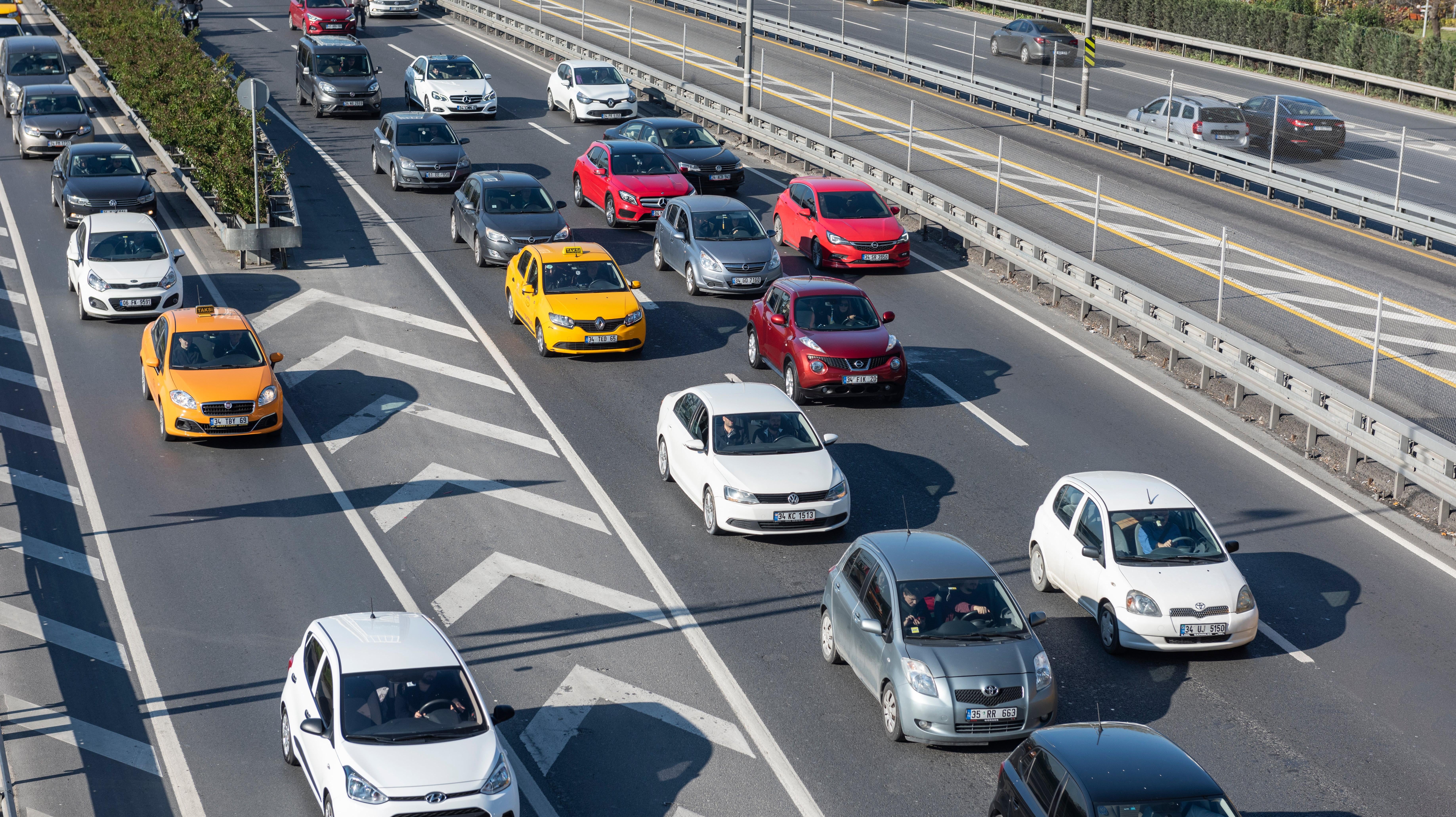
We’ve written before that proper merging technique is what experts call a “zipper merge,” or what you may remember from preschool as the simple concept of “taking turns.” Some people believe it’s polite to merge early, but in slow traffic, merging too soon will screw everyone up. For the most part, Lifehacker readers like AngryBob-VA agree with us:
“In traffic, always merge at the end of the line. This means, of course, that if you’re in the lane that continues, that you must let someone in at the end. And especially be the person who lets in the tractor trailer. Those things are hard to drive. Make someone’s day a little better.”
And as Lifehacker’s own Beth Skwarecki has previously covered:
“Traffic authorities agree that taking turns at the merge point is safer and more efficient. The Minnesota DOT, for example, states that zipper merging reduces traffic backup by 40% and equalizes the speed between lanes so that people who do change lanes can do so more safely. Illinois, citing similar reasons, has made zipper merging the law.”
For free-flowing traffic: Merge as soon as you can
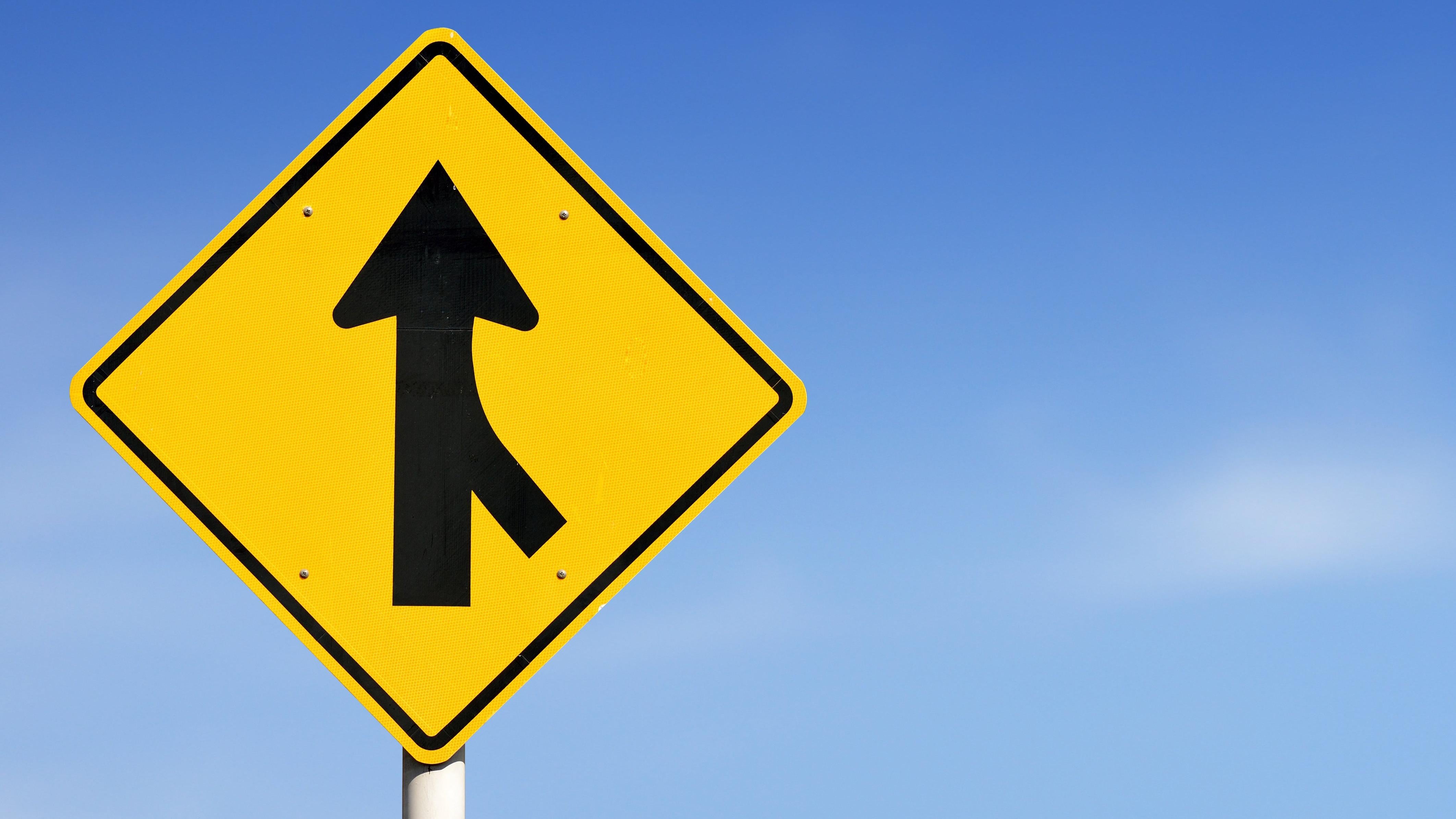
Now for the caveat to the previous slide: If traffic is light and free-flowing, there might not be a need to slow things down for the sake of the zipper merge. As Lifehacker commenter Weeks puts it, “in free-flowing traffic the merging vehicles should find a spot, match speed, and merge without impeding traffic.”
Learn to love cruise control
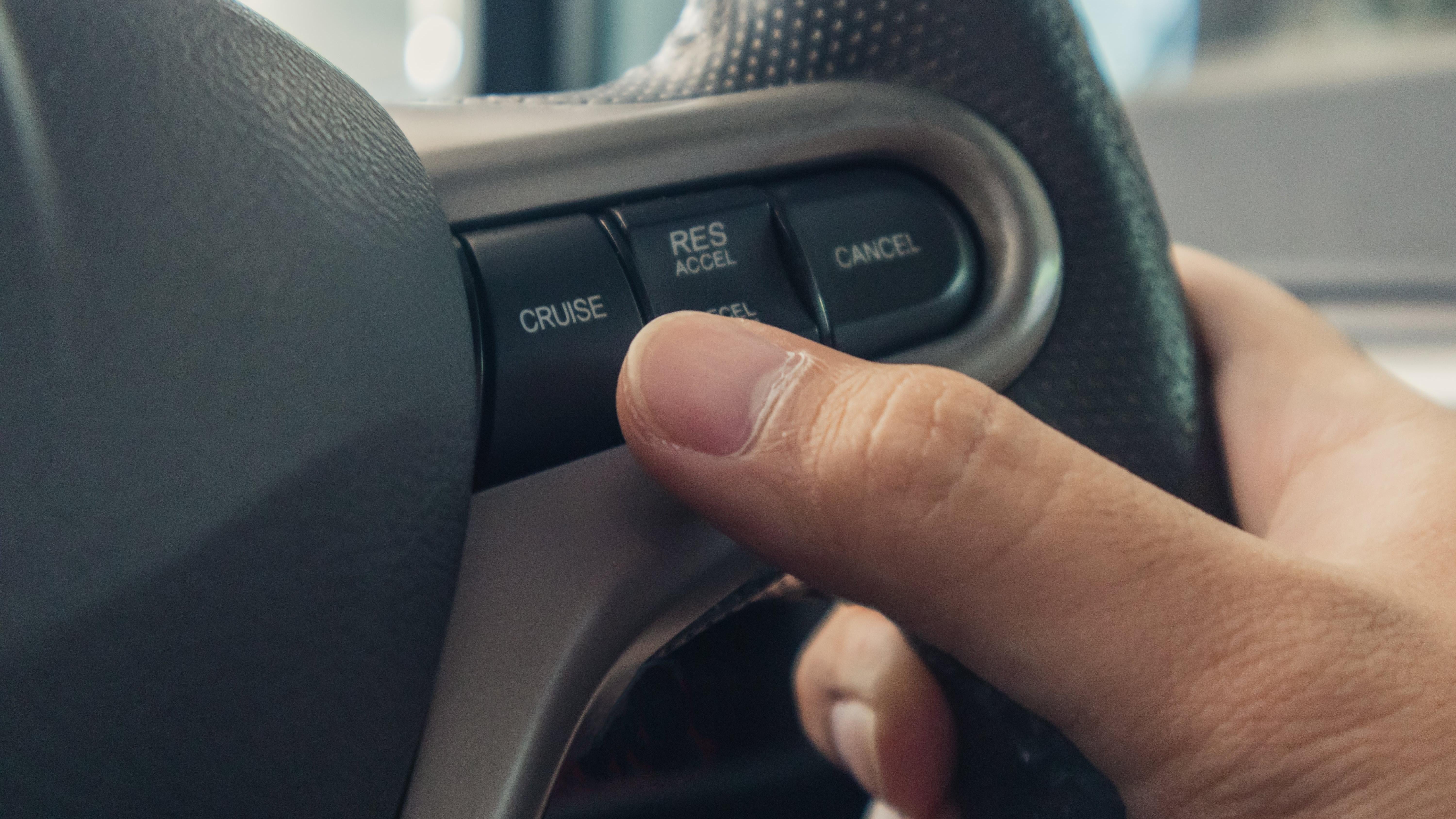
Constantly changing up your speed on the highway is dangerous, yet all-too common. Drivers get distracted and either let up or lay on the gas pedal more than they should. Many commenters pointed out how underrated cruise control is to ensure that you aren’t unintentionally going too fast or too slow and endangering drivers around you.
“I do the driving on a lot of family road trips in the summer. Unless conditions don’t permit, I always use my cruise control. It never fails during a day’s drive that I’ll come up on someone going slower than me, get over to pass, then be unable to because they speed up. I’ll then get back in the lane behind them, and repeat the process as they continue to speed up and slow down. I’ll sometimes end up in front of them, only to be passed and see them slowdown again. Driving is not a competition for me. I don’t care at all if you want to drive slower or faster than me, all I ask is that you are consistent so that I can travel along at my desired pace.” — panthercougar
Give trucks and trailers the right of way
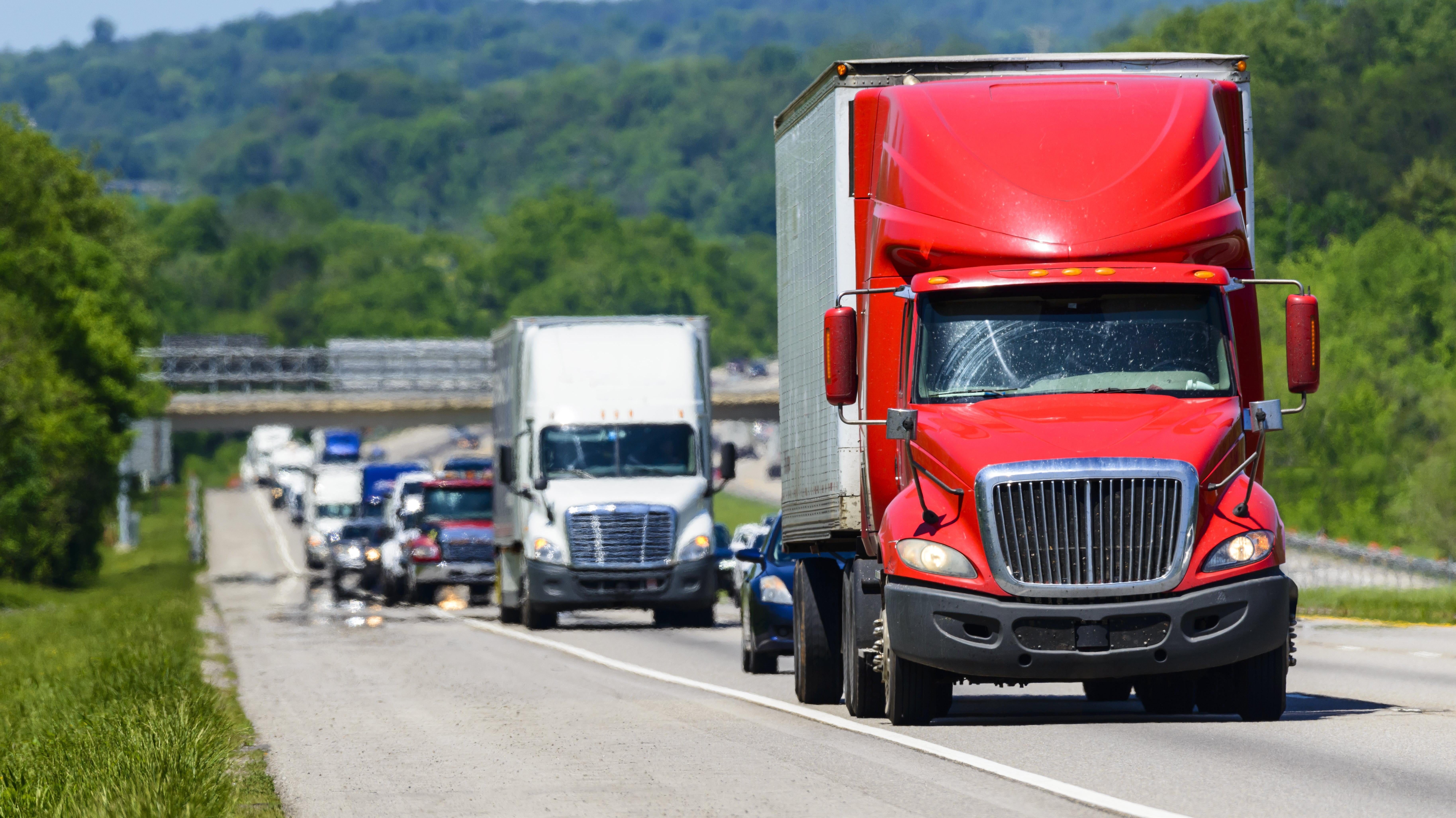
I hate trucks. I’m easily scared and easily irritated. However, I understand that trucks and tractor trailers deserve the right of way for a whole host of reasons:
“Basic rule: Having the right of way doesn’t make you any less dead when you get hit by a truck. Applies to pedestrians, train crossing, big rigs, etc. Personally, I give them a wide berth and will not drive next to one given a choice. As a group, they are very good drivers, but if something goes wrong, it goes wrong big. If you’re merging in front of them, use your signal for several seconds *before* you turn. The good ones flash their lights to let you know they see you.” — GregR
“Tractor trailers have the right of way. Always. Give them room. Don’t lane change into their blind-spot. Let them merge whenever they need to. Everything you’ve ever touched, consumed or interacted with was on a truck at some point. Give them all the respect they deserve.” — KazarSoze
“…understand that their blind spot includes a good 30-40 feet immediately in front of the tractor. I’ve lost track of how many times I’ve witnessed idiots cut into that space in an attempt to reach an exit ramp from the left lanes. I have a lot more sympathy for truck drivers who hit cars due to the car drivers’ unpredictable, piss-poor driving than I do for the idiots operating those cars. Bet against immutable laws of physics and you’ll always lose, kids.” — Dead Elvis, Inc.
“I give an eighteen wheeler respect for the same reason I’d give a brown bear respect: it could easily kill me.” — JRHaggs
Remember to use your headlights
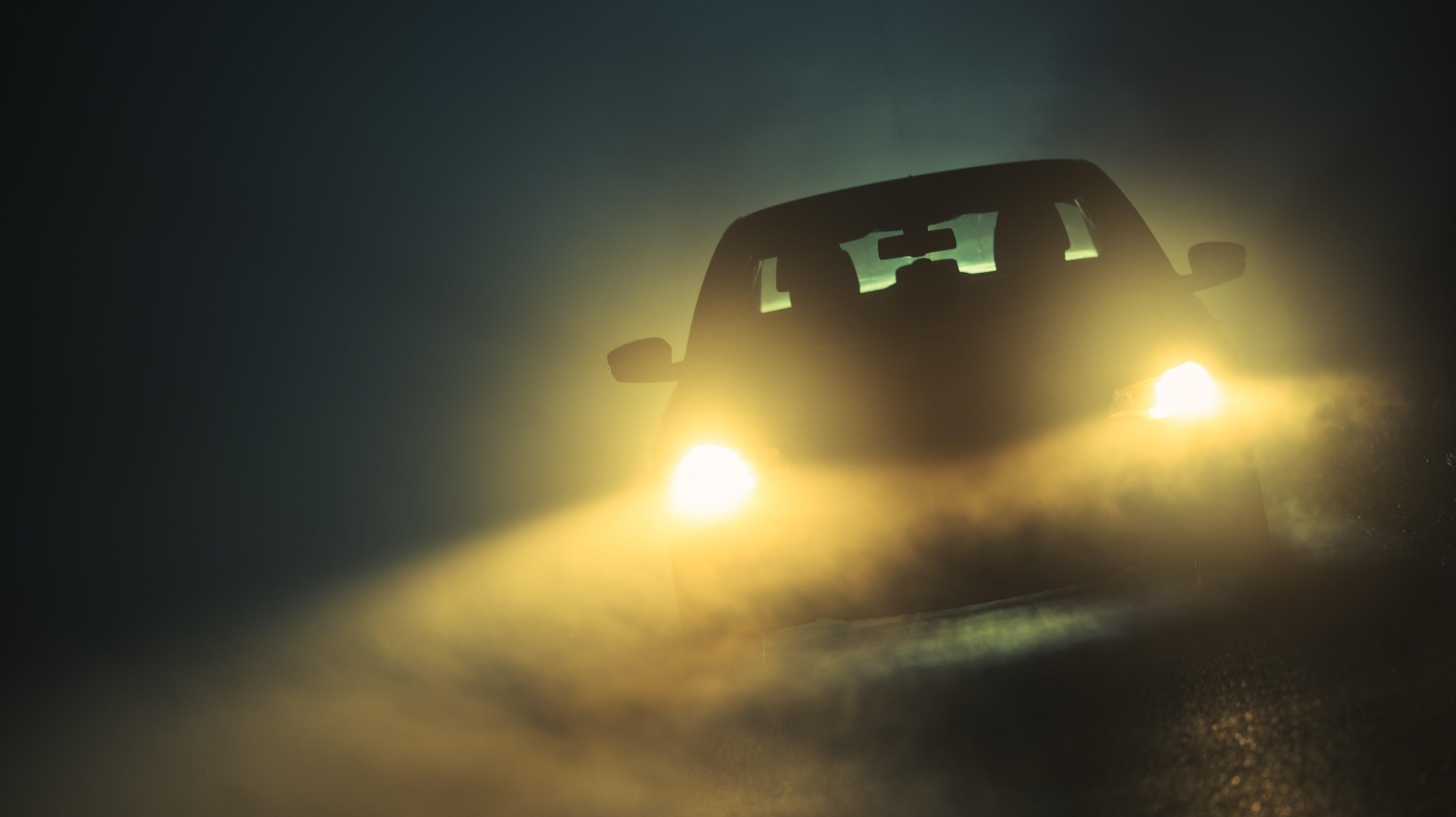
Another one of those “etiquette” rules that is also the written law, but still needs to be said. Headlights aren’t just for when the sun goes down; you should also use them during inclement weather like rain, snow, or fog. It’s not just about your ability to see, but to ensure that other drivers can see you.
Think about it like this: “When your windshield wipers go on, so do your lights.” — Chairman Kaga
Accept a missed exit
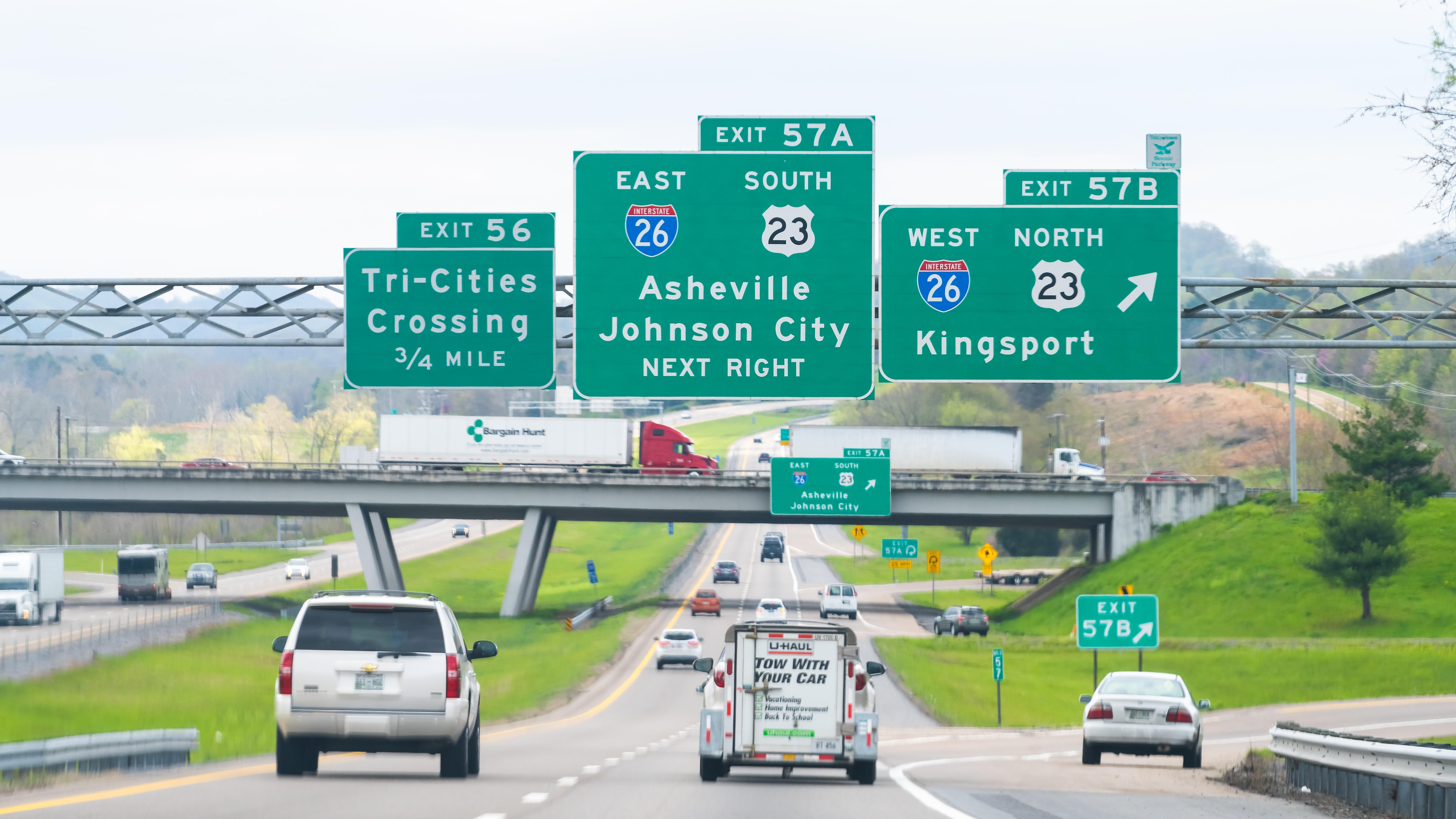
I can’t count how many times I’ve seen my exit coming up while I’m stuck three lanes to the left. It happens. Do not risk your life to make your exit.
“If you have to cross more than one lane at a time to reach your exit in time, you have missed your exit. Accept it and re-route.” — Weeks
“If you miss your exit/turn, don’t just swing across lanes to try and make it at the last minute. I was hit on my bike by a car that decided it had to make a right turn from the middle lane. Keep going and use the next available exit or turn to correct your mistake and backtrack. And for goodness sake stop coming to a dead stop on the highway because the exit is backed up and you want to cut in at the last minute. You are going to die if you keep doing that.” — Philabeemer
Don’t ride someone’s bumper
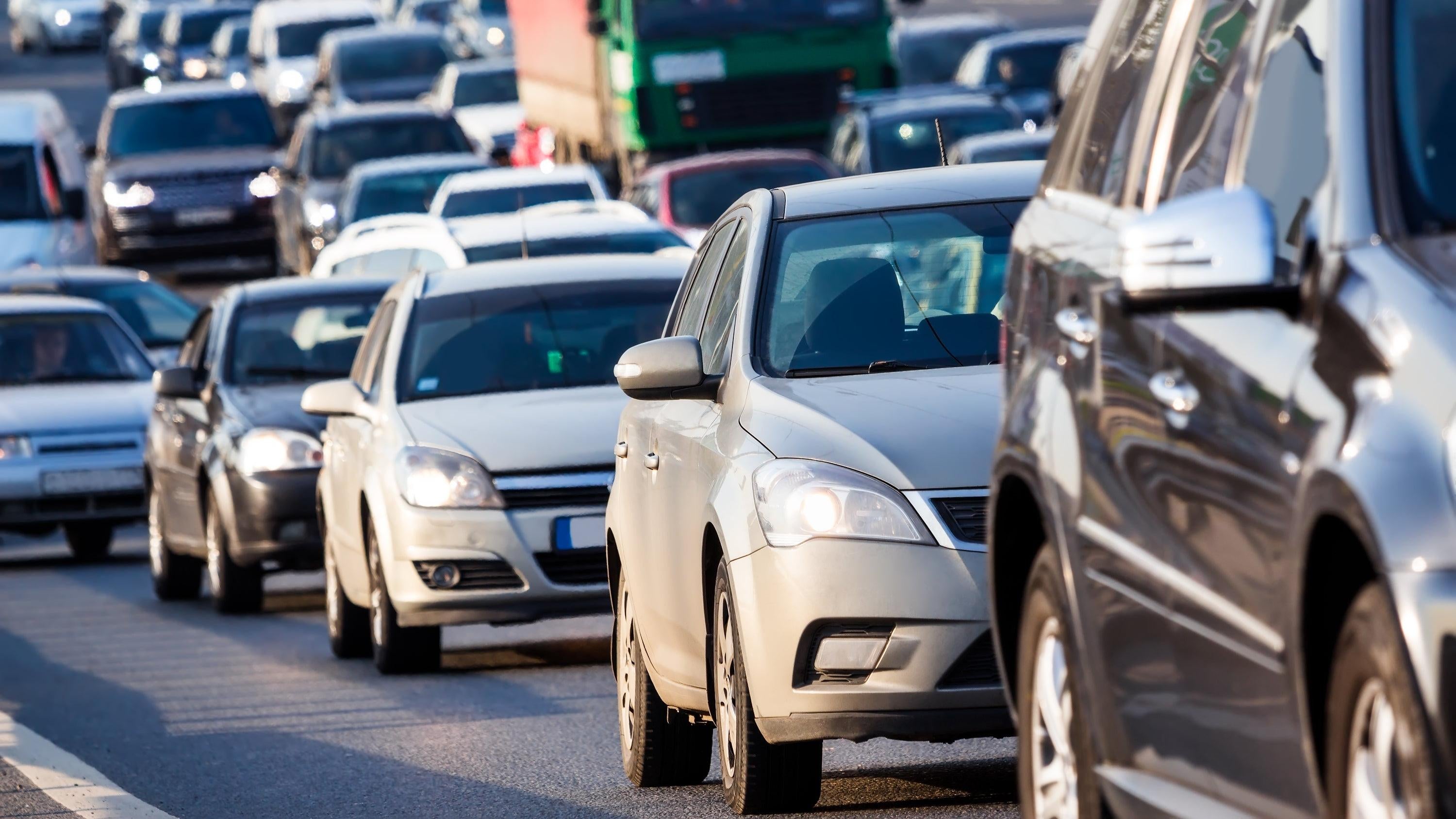
Tailgating isn’t just rude; it actually makes traffic worse. Your frustration won’t get you to your destination any faster, but it sure will make an accident more likely.
“Please don’t ride my bumper when there is traffic in front of me. I can’t go any faster than the car in front. It serves absolutely zero purpose other than to piss me off.” — I like Dunks coffee and I cannot lie
While I can’t endorse this tip out of safety concerns, commenter Silverwing548 shares that whenever someone is “riding their bumper,” they take the following approach: “I slow down even more (not suddenly, I don’t have a death wish) just to annoy them. Once they’ve slowed down sufficiently, I can speed up again to increase the gap between us. Sometimes they don’t get the memo and just speed up to match me, but sometimes it works. Or they pass me, which is also a win.”
Match the flow of traffic
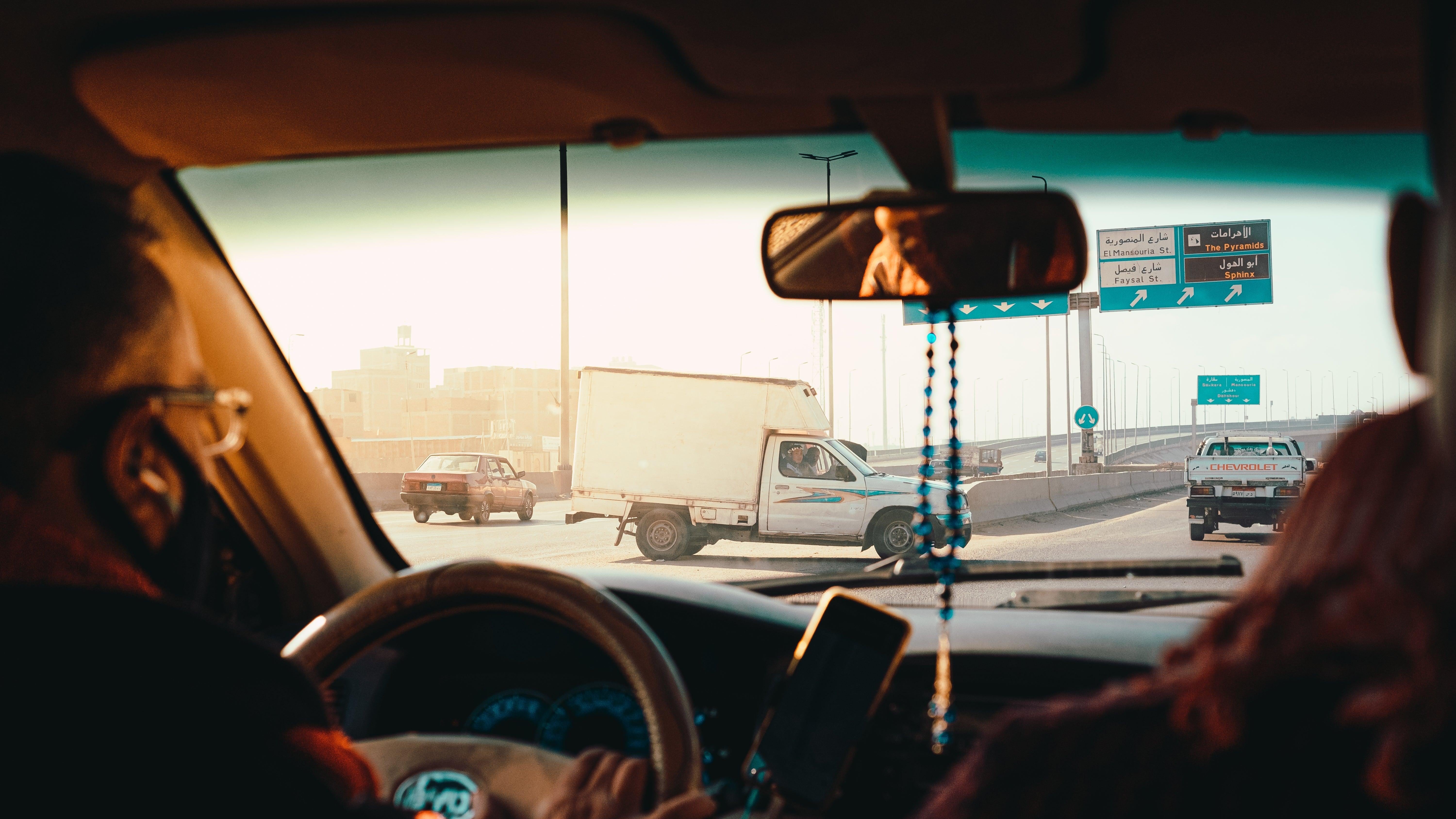
Merging into highway traffic is one of the worst aspects of driving. Here are some guidelines for how merge safely without being arsehole, according to Lifehacker readers and supplemented by State Farm:
- Adjust your speed to match the flow of traffic before entering the roadway.
- Yield to drivers on the freeway, but avoid stopping unless absolutely necessary.
- Find a three to four-second gap in traffic to merge. And be looking for the vehicle you want to be behind.
- Check for cars around your vehicle before entering a lane. Remember to check your blind spot.
One last reminder: “There is no stop sign at the end of highway on-ramps, people.” — I like Dunks coffee and I cannot lie
Properly position to make a turn
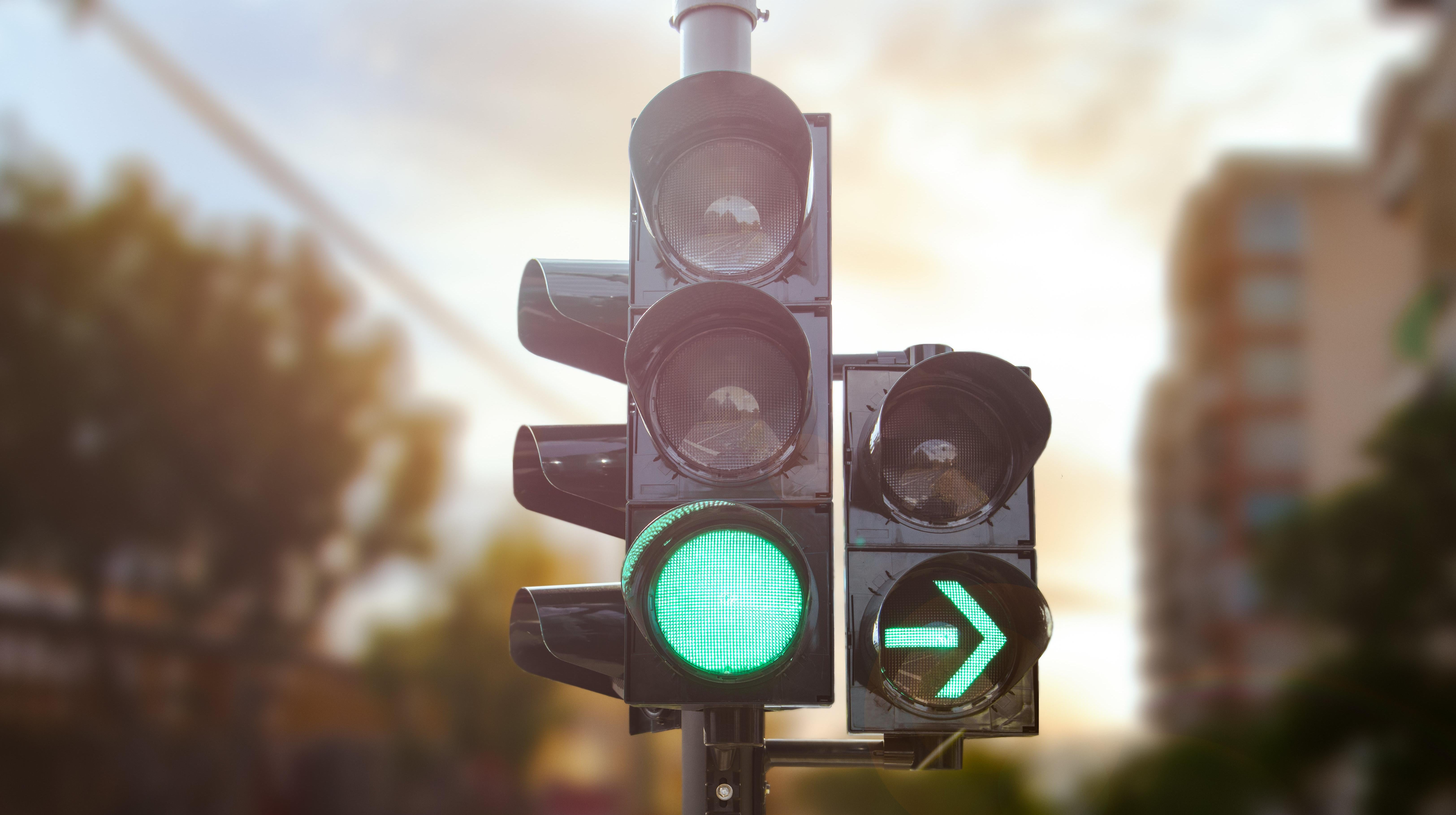
If there’s not a designated turning lane at an intersection, don’t be the jerk who blocks the flow of traffic behind you. Usually there’s enough space for you to position your car that allows drivers pass you while you wait for your green light to turn.
“I’ve seen so many drivers wanting to make a right turn and not properly position their vehicles to let the vehicles behind them able to pass through. This is in those situations where there is enough space to position your vehicle all the way to the right so that the traffic behind can continue straight. Basically, there’s one lane with enough space for parked cars. I’ll see a vehicle taking up both spaces and back up traffic at the corner.” — Bok Choy
“Assuming you’re coming from a place that drives on the left, this so much. People seem to think their cars have a larger turning radius or something.” — I like Dunks coffee and I cannot lie
Don’t be “polite” — be assertive
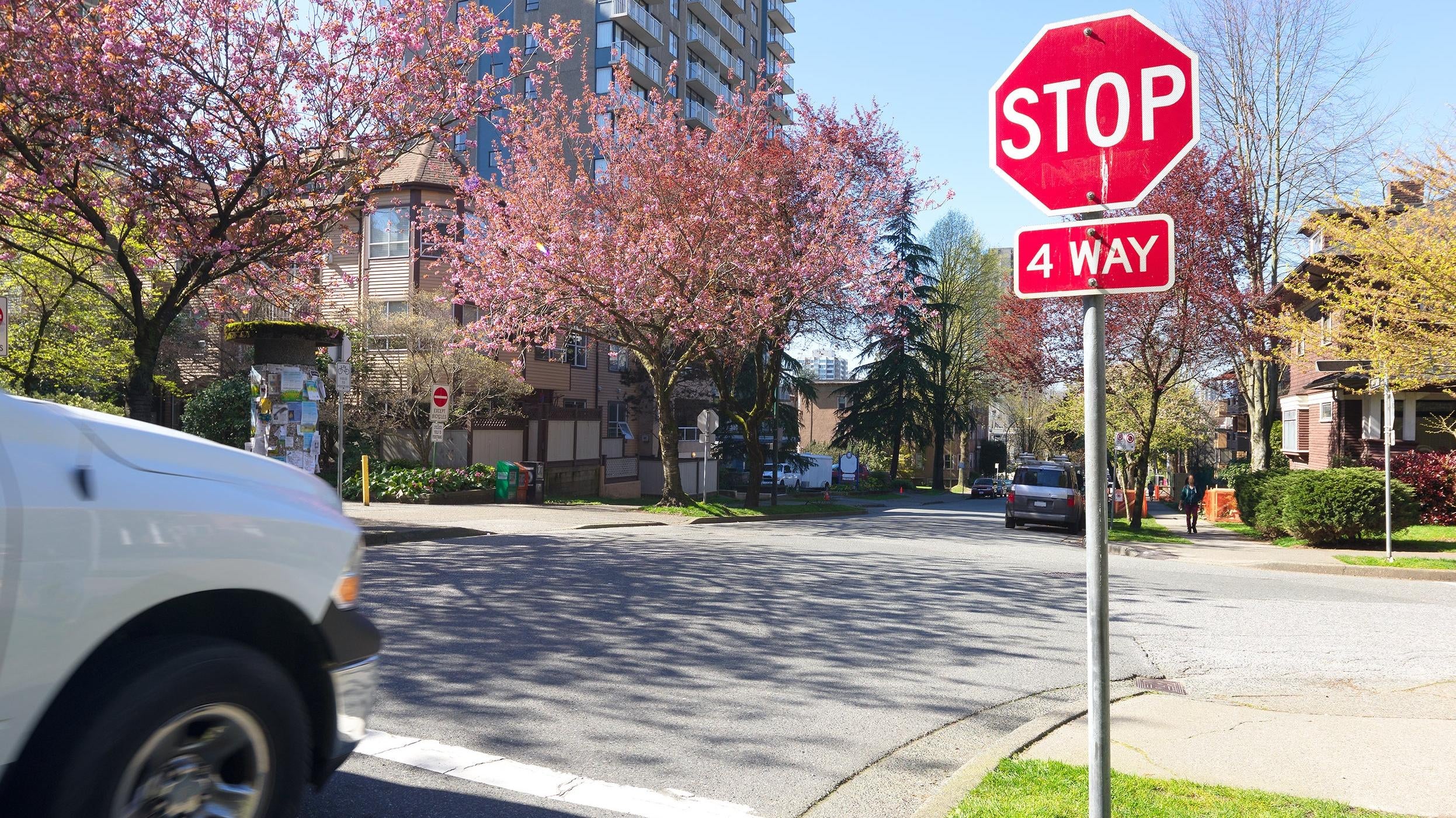
This just might be the biggest takeaway for all of driving etiquette. A well-intentioned desire to be passive and “polite” could spell danger. As Lifehacker reader Reventlov puts it, “Don’t try to be nice. Be predictable. Don’t stop to let people turn when you’re not required to. It just confuses other people around you.”
“The biggest problem I have is with people who think they are being polite to me when I’m at a stop sign and they are on the road going to turn left. They eventually stop and expect me to go in front of them. But usually that’s dangerous/not possible if there’s traffic behind them that can go around them. And even when there isn’t, it’s faster if you just take the right of way and turn. The only way it actually works is if you see no one is behind you, signal early, and flash lights or give some other signal early so your intention is clear.” — qwedswa
“There’s a roundabout when I get off the highway every day and people in the roundabout will still stop and wave me in. That’s not how that works.” — CruzeHatch
“Four-way stops: Whoever gets there first goes first. If you get there at the same time, the person to the right goes first. If you’re opposite and get there at the same time, the person going straight or turning right goes first.” — Chairman Kaga
I think commenter hooch sums it up best when they say, “Don’t be a nicehole. If you have the right of way, take it. You aren’t being nice by waving other drivers ahead of you — you are being unpredictable. And that’s dangerous.”
Motorcyclists: Value your life
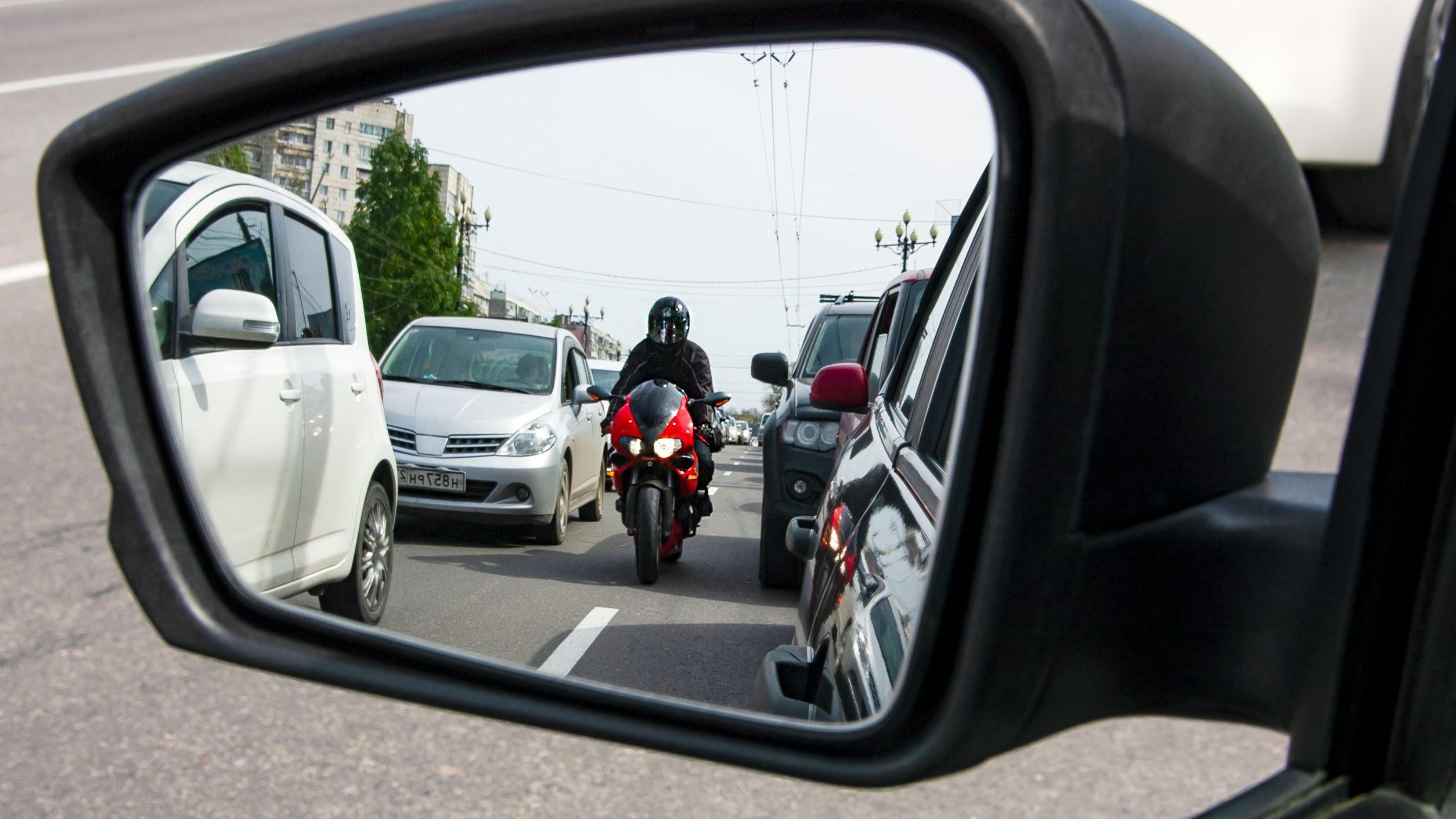
At the risk of sounding like my mother here, motorcycles are terrifying. I’d rather be on the back of one than be driving next to one that’s weaving in between cars. As a driver, you learn to share the road. Unfortunately, it feels like motorcyclists abuse what it means to “share” with cars:
“Motorcyclists: Don’t assume that we can see you at all times. Cars have blind spots. Make yourself visible.” — QADude
“As a motorcyclist, I make sure I can see the driver’s face in their mirror. If I can’t I either move so I can or speed up to get at least next to them.” — CruzeHatch
Don’t hold up the parking lot
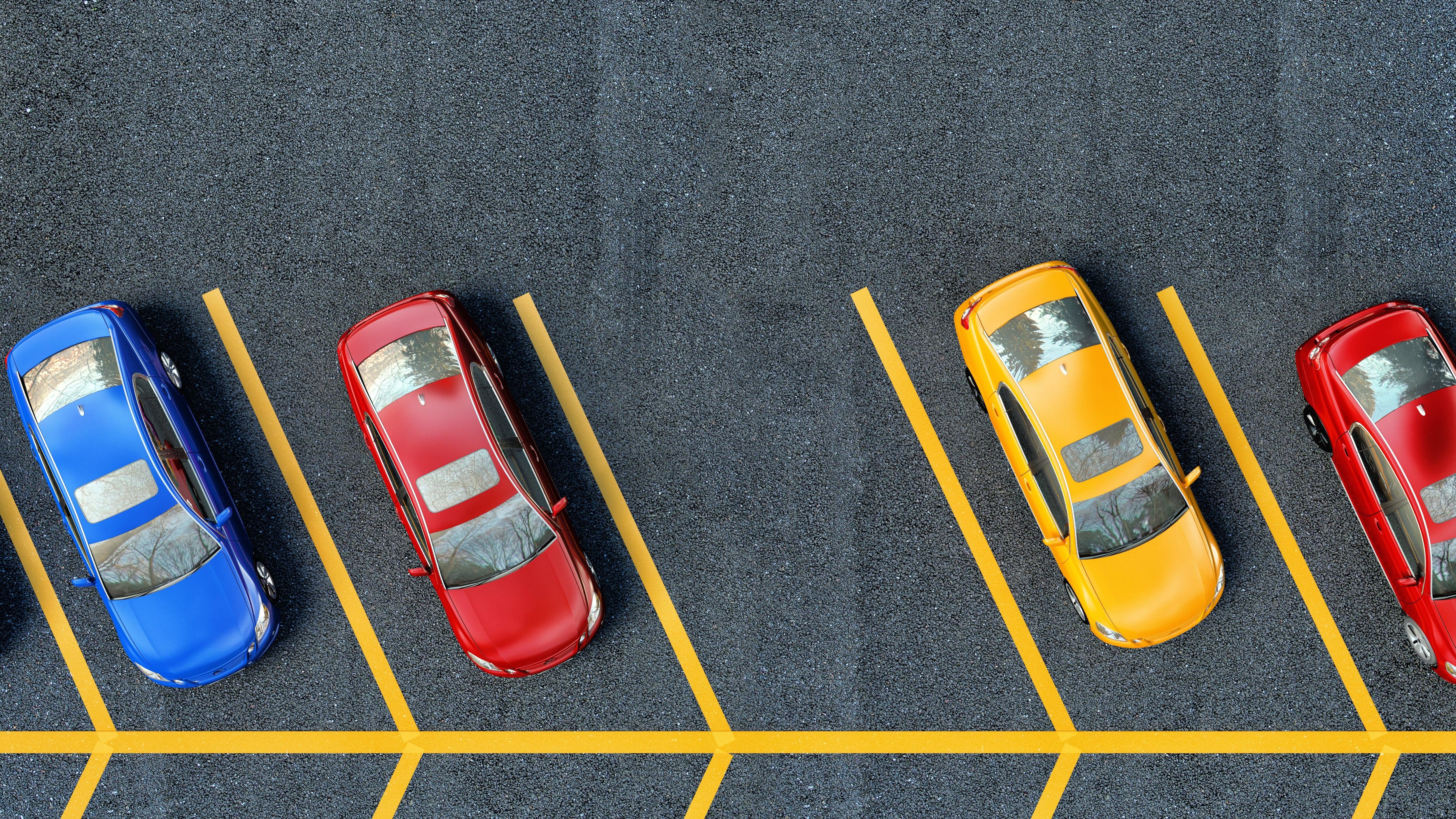
Parking lot etiquette could be a whole separate post. Only using one spot, parking between the lines, not cutting people off to steal a spot…the list goes on. For our purposes here, commenter diasdiem outlines two rules for parking lots that lead up to an intersection with a traffic light:
- Don’t block the entrance/exit of a parking lot when you get stopped by the traffic light. This allows any cross traffic exiting the lot to access their desired lane.
- When the light turns green, allow one car that wants to exit into your lane to do so, unless there are no other cars behind you, in which case you can drive on.
Parking lots don’t have to be dangerous, but they’re hot spots for fender benders, road rage, and pedestrian accidents if people don’t follow proper traffic etiquette.
Ask before rolling down the back window
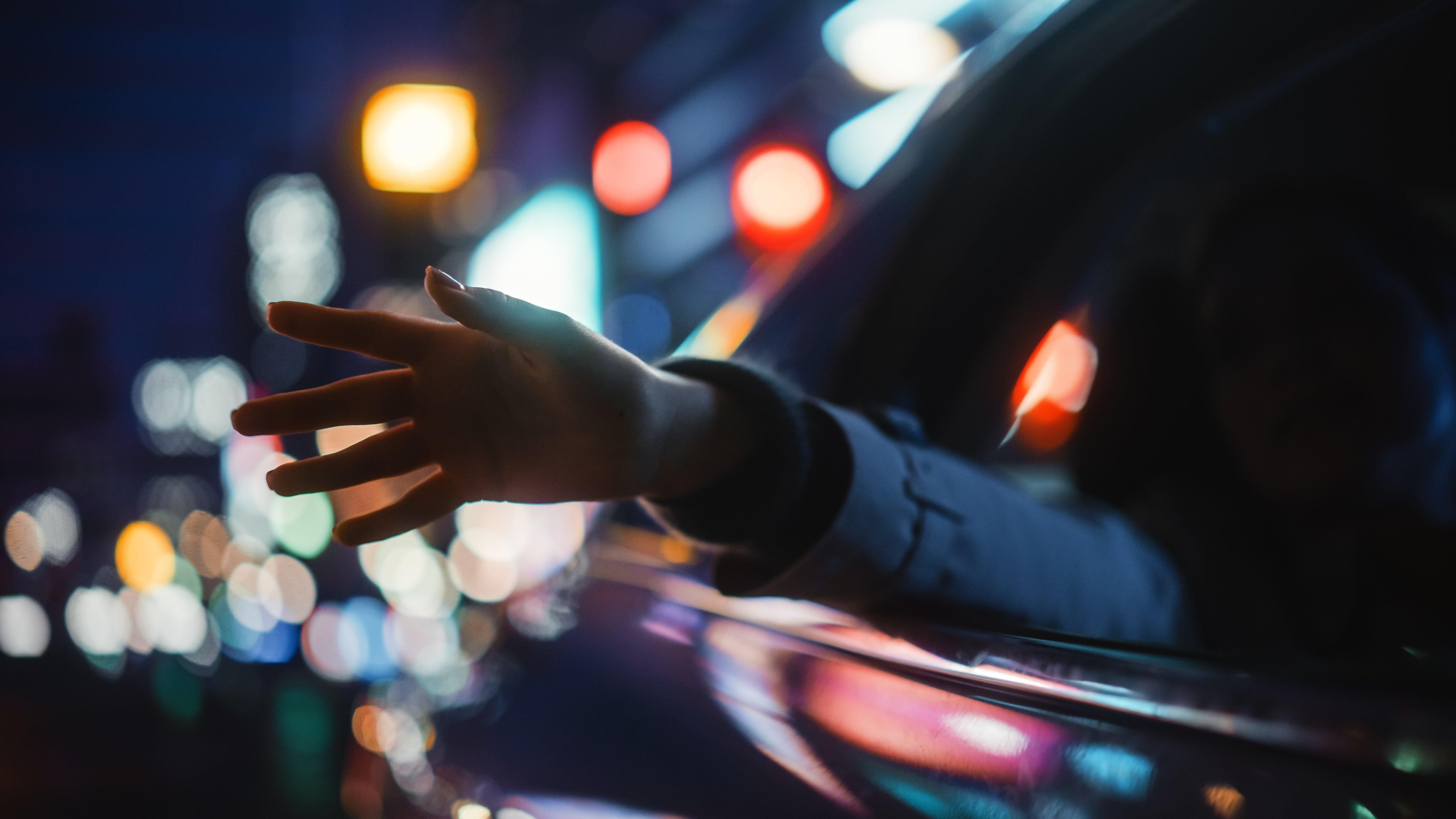
Now it’s time for some passenger etiquette. If you’re riding in the backseat and want the window down, make sure someone else is willing to roll their window down too:
“If you can’t have a second window down, it causes a quick fluctuation of air pressure in the car that’s uncomfortable for others in the car (especially the driver). It’s two or none.” — Late Responder
It’s one thing to do this to a friend on a road trip, but especially rude if you’re using a rideshare service. Here’s a nifty explanation of that annoying throbbing sound that happens when you only open one back window.
Be a considerate passenger

When you’re riding in someone’s car, you’re like a guest in their home. Here some basic rules to avoid being a horrible guest:
Do not put your feet on the dashboard. It’s dangerous and gross. Additionally, “Feet on the floor if you want your legs to keep working after the accident.” — Jamoche
“If someone is driving you around a lot, maybe a road trip or you are visiting from out of town, pay for a tank of gas. At the very least buy them coffee or a meal.” — VodkaRocks&aPieceofToast
Leave the car as you found it, and always take your trash with you.
Understand you’re not the only one on the road
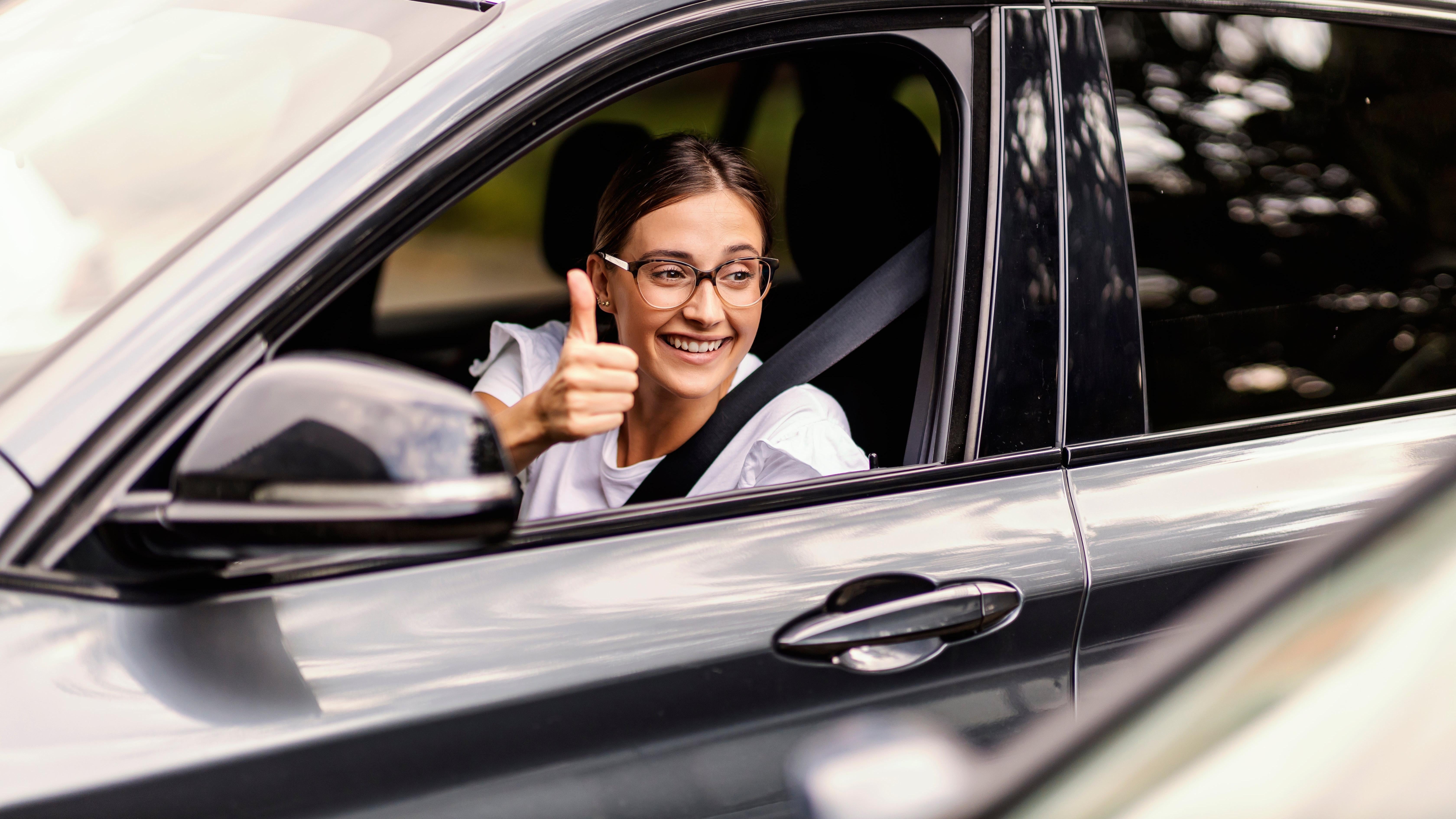
Trust me, I get it. However you’re driving is the correct way to do things, and everyone else needs their licence revoked. Unfortunately, the fact of the matter is that you’re not the only person on the road. You’re not the only person who has places to be. As Lifehacker reader GregR puts it, “Neither you nor your destination are more important than anyone else. You are not the exception. The other drivers are not just aimlessly wandering for the specific purpose of pissing you off.” If that sounds harsh, reframe it like this: Have a little empathy for the other drivers on the road.
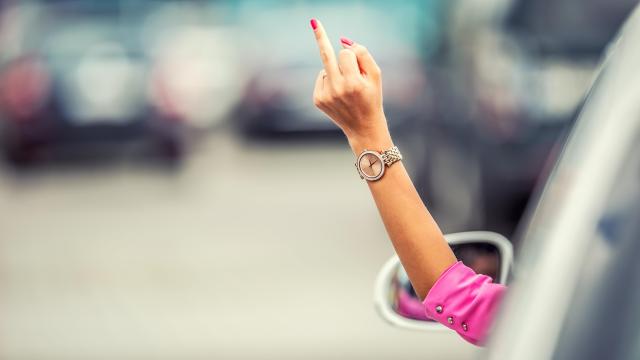
Leave a Reply
You must be logged in to post a comment.